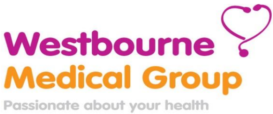Vaccination checklist
Here’s a checklist of the vaccines that are routinely offered to everyone in the UK for free on the NHS, and the age at which you should ideally have them.
2 months
- Diphtheria, tetanus, pertussis (whooping cough), polio and Haemophilus influenzae type b (Hib, a bacterial infection that can cause severe pneumonia or meningitis in young children) given as a 5-in-1 single jab known as DTaP/IPV/Hib
- Pneumococcal infection
3 months
- 5-in-1, second dose (DTaP/IPV/Hib)
- Meningitis C
4 months
- 5-in-1, third dose (DTaP/IPV/Hib)
- Pneumococcal infection, second dose
- Meningitis C, second dose
Between 12 and 13 months
- Meningitis C, third dose
- Hib, fourth dose (Hib/MenC given as a single jab)
- MMR (measles, mumps and rubella), given as a single jab
- Pneumococcal infection, third dose
3 years and 4 months, or soon after
- MMR second jab
- Diphtheria, tetanus, pertussis and polio (DtaP/IPV), given as a 4-in-1 pre-school booster
Around 12-13 years
Cervical cancer (HPV) vaccine, which protects against cervical cancer (girls only): three jabs given within six months
Around 13-18 years
Diphtheria, tetanus and polio booster (Td/IPV), given as a single jab
65 and over
- Flu (every year)
- Pneumococcal
Vaccines for risk groups
People who fall into certain risk groups may be offered extra vaccines.
These include vaccinations against diseases such as hepatitis B, tuberculosis (TB), seasonal flu and chickenpox.
See the NHS Guidance on vaccines for adults to find out whether you should have one.
